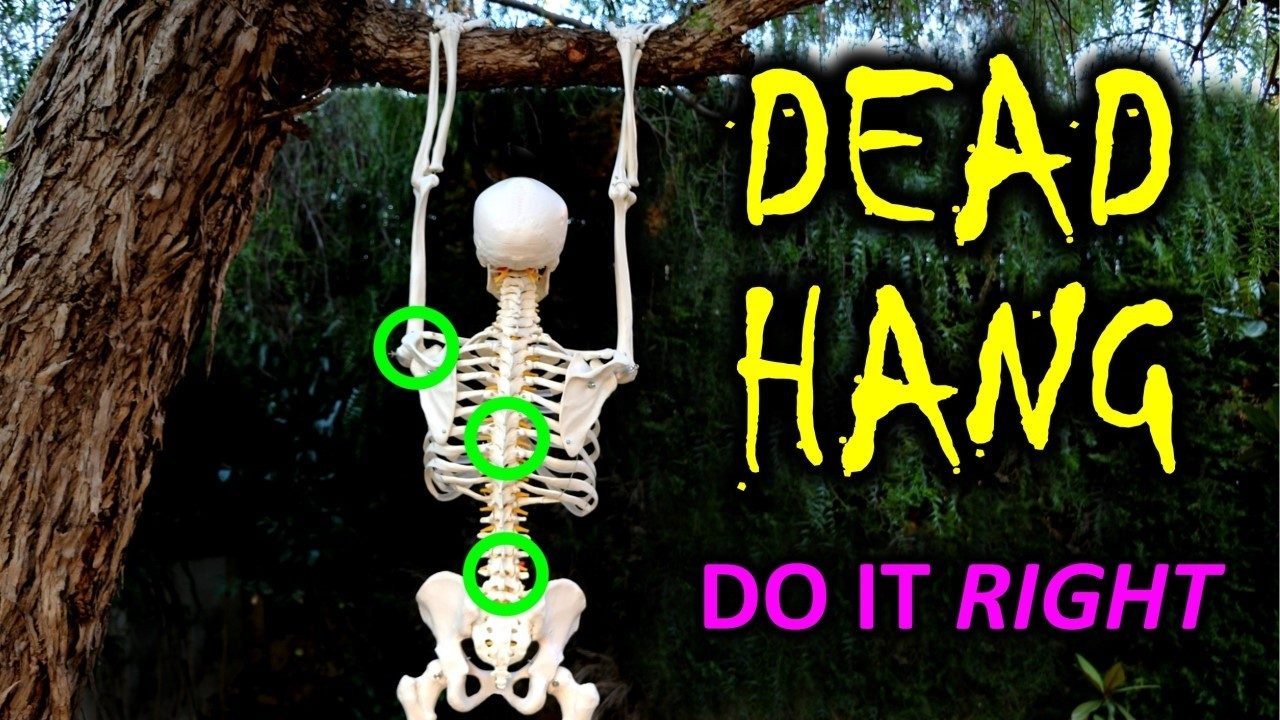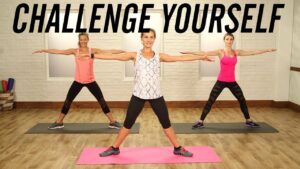Get your free Book Here

The Ultimate Guide to Hanging: Benefits, Techniques, and Common Mistakes
If you’ve ever heard about the benefits of hanging (yes, from a bar!), you might be wondering: is it really worth adding to your routine? The answer is a resounding yes—but only if done correctly. Hanging can be a powerful tool to improve shoulder health, decompress the spine, and even help with posture. However, like with any exercise, there’s a right way and a wrong way to do it.
In this guide, I’ll break down:
- What hanging is great for (and when it’s a bad idea)
- The difference between active and passive hanging
- How to do it safely and properly
Let’s dive in!
Why Hanging is Great for Your Shoulders
Hanging can work wonders for shoulder health, especially if you suffer from issues like impingement, bursitis, or tendonitis. The key to healthy shoulders lies in the upward rotation of the shoulder blade when you lift your arm.
When you hang and let your shoulders relax (also called passive hanging or dead hanging), you stretch a variety of structures that often restrict the upward rotation of the shoulder blade. This movement creates more space in the shoulder socket, reducing the risk of impingement and inflammation.
Hanging also stretches the shoulder capsule and the rotator cuff muscles, which can be tight and restrict movement in many people. Dr. John Kirsch, known as the “Godfather of Hanging,” even suggests that hanging can remodel and increase the space within the shoulder socket.
Benefits of Passive Hanging for Spinal Health
Passive hanging doesn’t just benefit your shoulders; it can also help your spine. When you hang, the weight of your body creates a traction effect, which separates and decompresses the spinal joints, especially in the lower half of your body. This can increase space for your spinal nerves, potentially improving the health of your lower back and mid-back.
Can Hanging Improve Posture?
Yes and no. Hanging can help with rounded shoulders thanks to the stretch it provides to your lats and other muscles that tend to pull the shoulders forward. However, hanging is not very effective for correcting forward head posture because the traction effect mainly occurs in the lower body. There are better exercises for forward head posture and rounded mid-backs, and I’ll leave some links to videos that cover those.
When NOT to Do a Dead Hang
As beneficial as hanging can be, there are certain situations where it’s a bad idea:
- If you experience pain at the top of your shoulder while hanging, it could mean you’re compressing inflamed structures in the shoulder.
- If you feel a sharp stretch in the soft tissue between your shoulder and shoulder blade, it may indicate a rotator cuff tear. In these cases, it’s best to stop immediately and consult a professional.
How to Safely Start Hanging (Without Hurting Yourself)
The biggest mistake people make when they start hanging is doing too much too soon. If you’re older, unfit, or have shoulder issues, you can easily hurt yourself if you push too hard on the first day.
Here’s how to start safely:
- Warm-Up: Do a quick 30-second warm-up to increase blood flow to your shoulder muscles.
- Partial Hang: On your first day, start with a partial hang by supporting some of your weight with your legs. Use a stable chair or a low bar for support.
- Proper Grip: Place your hands on the bar, palms facing forward and shoulder-width apart.
- Relax Your Shoulders: Keep your shoulders relaxed and your neck straight. Ease your weight down slowly.
How Long Should You Hang?
Start by hanging for about 10 seconds. Do this two or three times on your first day. The next day, see how your body feels. If everything feels fine, gradually increase the time and reduce the support from your legs.
Over time, work your way up to 30 seconds total, then eventually to 1 minute of passive hanging, broken into 15-30 second blocks. Research suggests that the main benefits of stretching are achieved after 1 minute per day per muscle group, so there’s no need to overdo it.
Active Hanging: Strengthen Your Shoulders
While passive hanging has many benefits, active hanging—where you pull your shoulder blades down while hanging—can also be highly beneficial. Active hanging strengthens the lower traps and serratus anterior muscles, which help pull the shoulder blades down and improve shoulder posture.
If you find active hanging more comfortable than passive hanging, start with some leg support and gradually build up to 5-10 second holds a day. Combining both passive and active hanging can be a powerful way to improve shoulder health.
A Tip for Better Grip
If you find the bar slippery or hard to hold onto, try using chalk or gloves to improve your grip. This will help you maintain proper form without straining your hands.
Final Thoughts: How to Incorporate Hanging Into Your Routine
By incorporating passive and active hanging into your routine, you can drastically improve your shoulder and spinal health. Aim for 1 minute of passive hanging and about 30 seconds of active hanging, spread out over 4-5 days a week.
Just remember: don’t overdo it! If you feel sore, switch to every second day and gradually build up your strength.
Lastly, avoid hanging right before a workout, as stretching beforehand can temporarily reduce muscle performance.
I hope you found this guide helpful! If you did, please consider liking and subscribing to my channel—it really helps.
POSTURE VIDEOS MENTIONED:
The ULTIMATE 5 Minute Posture Routine… for Forward Head Posture & Rounded Shoulders… https://youtu.be/h1qUYI5cbLI
How To Fix Rounded Shoulders… https://youtu.be/tMKl7Aijrug
Fix Hunchback Posture. The 2 Best Thoracic Kyphosis Exercises… https://youtu.be/Y-3-cBuUtxY
***************
‘The 3 Essential Exercises EVERYONE Should Do’ …EXCLUSIVE video, only here: https://stefan-becker.mykajabi.com/3-essentials
My Posture & Upper Back Coaching Program! Over 12 weeks, I help people with bad posture and posture related issues—like neck, shoulder, & upper back pain—discover their root problem and correct it using science-backed mobilising, stretching, & strengthening exercises… so they can feel straight, strong, flexible, & pain free again (and get back to doing what they love). Find out more here… https://stefan-becker.mykajabi.com/expressions-of-interest
GOT QUESTIONS? I answer questions here now: I’ve started a Facebook Group to help people achieve their musculo-skeletal goals. Join here… https://www.facebook.com/groups/bodyfixexercises
0:00 Intro
0:14 Does hanging help shoulders?
1:04 Is hanging good for your back?
1:40 Does hanging help posture?
2:09 How to do hanging properly and safely
5:08 Passive vs active hanging
#bodyfixexercises #hanging #hang







